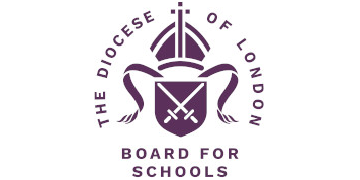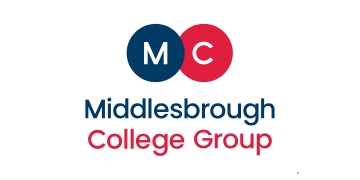Free schools are raising standards in neighbouring schools, a think tank founded by Michael Gove will today claim.
A report launched today by Policy Exchange shows analysis of schools in areas where free schools have opened and concludes that standards in nearby primary and secondary schools were driven up by the effects of competition.
Teaching unions have attacked the analysis. Kevin Courtney, deputy general secretary of the National Union of Teachers (NUT), said the findings were not supported by the evidence, and claimed that the sample size of schools used in the analysis were too small to be “statistically robust”.
The analysis compares results of the three closest similar schools to each of the mainstream free schools opened so far. At primary it looks at the proportion of pupils achieving level four at key state two, and for secondary schools the percentage achieving five A*-C including English and maths at GCSE. It compares results before and after a free school was announced or opened.
Policy Exchange’s analysis said that in every year, apart from 2010, substantial improvements were made at the lowest performing primary schools nearby. At secondary level, where a nearby school has below average results, a free school is “associated” with improvements.
The report also said schools with empty places and those in higher poverty areas gained the most from a free school opening nearby.
Policy Exchange acknowledges in its report that a number of other factors could contribute to performance of other schools, such as a new headteacher, change in staffing, or financial difficulties.
Mr Courtney said: “Despite the spurious claims that free schools raise performance among lower performing schools that are closest to them, the authors are forced to concede that, “higher performing schools make less progress and the very highest drop back”.
“It is worth noting, though not commented upon by the authors of this report, that over half of the primary free schools and just short of 30 per cent of the secondary free schools are in London where academic results and progress are much higher than the national average.
“Comparing the performance of the lowest performing nearest schools to the national average and then claiming that the presence of a free schools improves their performance fails to give a true picture.
“A real comparison would be the performance of similar local authority schools which, inexplicably, the report does not do in relation to lower performing schools.”
The report comes as prime minister David Cameron will today announce a new wave of 49 new free schools.
Both Labour and the Liberal Democrats wish to restrict the opening of new free schools to areas with a shortage of school places, however Policy Exchange claims this would limit the benefit of the schools.
One recommendation by the think-tank is that free schools be given first priority when local authorities are disposing public sector land in areas of where schools are under performing. Doing so would place free schools ahead of NHS or housing need.
Jonathan Simons, head of education at Policy Exchange, said: “Policymakers should make decisions based on evidence. And the evidence clearly shows that free schools drive up standards of nearby schools in the local community, particularly the ones which are lower performing.
“Restricting new free schools solely to areas of basic need will deprive pupils – especially in some of the poorest performing schools – from achieving better results.
“Parents should be given real choice to set up new schools where they want them and where they can show a real plan for delivering good new provision.
“Ideology must not stand in the way of providing the best possible education system for our children.”
Mr Courtney added: “The NUT maintains that the free school policy has diverted funds into a small number of schools and prevented Local Authorities opening schools where most needed. Free Schools do not raise standards.
“What does is teaching. Supporting teachers in developing their classroom practice through high quality CPD and more time to teach, rather than meet arbitrary Government targets, should be the aim of any Government, not introducing market forces into education.”







On the Today Programme, it was mentioned that the worst local schools got better, the intermediate local schools stayed the same, and the best local schools got worse. This is the exactly what would happen with the statistical phenomenon of ‘regression towards the mean’ – it indicates a serious flaw in the data analysis and interpretation, and suggests that there is no real difference between the two types of schools.
Policy Exchange’s analysis was flawed. The sample size is too small and, as it admitted in the full report but not in the synopsis, correlation isn’t causation. There are other possible reasons why school performance can change which have nothing to do with the proximity of a free school.
Morgan admitted on Today she hadn’t looked at the fine detail of the report. Timed as it was to coincide with the announcement that more new free schools had been given the go-ahead, she should have bothered to read it. It was available yesterday under embargo. She must surely have had a copy.